
Signs and symptoms
As already mentioned, this condition manifests in abnormalities affecting nails, hair, skin, sweat glands and teeth. For example, a person may have abnormal hair follicles; very light thin and sparse hair. Nails are usually very thick, abnormally shaped, slow growing and discolored. Typically, the skin is lightly pigmented and prone to rashes and infections. Sometimes, if the sweat glands are affected, these individuals cannot perspire and the body cannot regulate temperature. Teeth of the patients with ectodermal dysplasia are usually peg-shaped or pointed, covered with defective enamel. Sometimes, certain teeth may be congenitally absent, what puts these patients in the strong need for dentures from the earliest childhood.Causes of ectodermal dysplasiaEctodermal dysplasia embraces various heritable or genetic disorders, but several different types have distinct genetic causes. Ectodermal dysplasia can be classified by inheritance as autosomal dominant, autosomal recessive and X-linked. The defective genes are typically inherited and passed from one generation onto another. However, in some rare cases, the individual may be the first one from the family affected by ectodermal dysplasia. This happens because of the random mutation or a change in the DNA.
Epidemiology
This condition affects both males and females, and it may happen in all races and all ethnic groups. Scientists estimate that about seven in every 10.000 babies are born with ectodermal dysplasia. About 7,000 people all over the world have been diagnosed with an ectodermal dysplasia condition. Fair Caucasians seem to be at the highest risk of this heritable condition.TreatmentThere is no cure for ectodermal dysplasia. At this point, science offers only carefully tailored treatments that can address the symptoms and help the affected individuals deal with their health problems more easily.


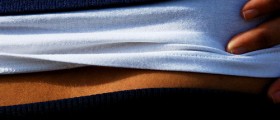

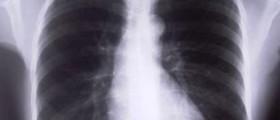
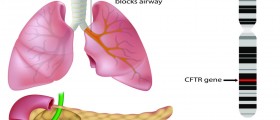
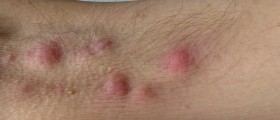

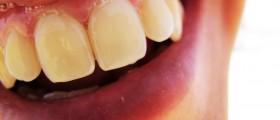

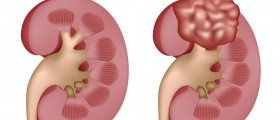
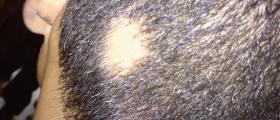
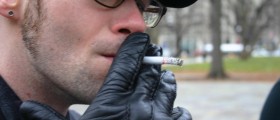




Your thoughts on this
Loading...